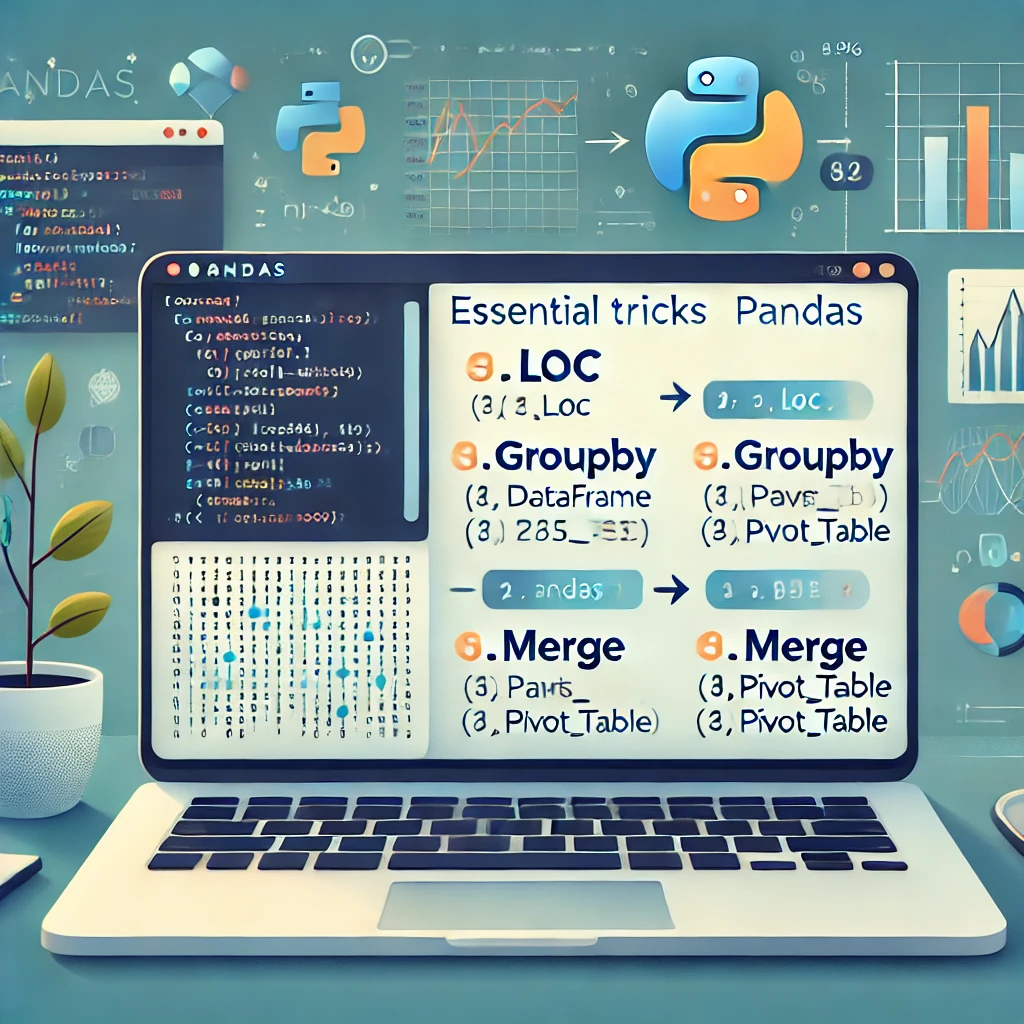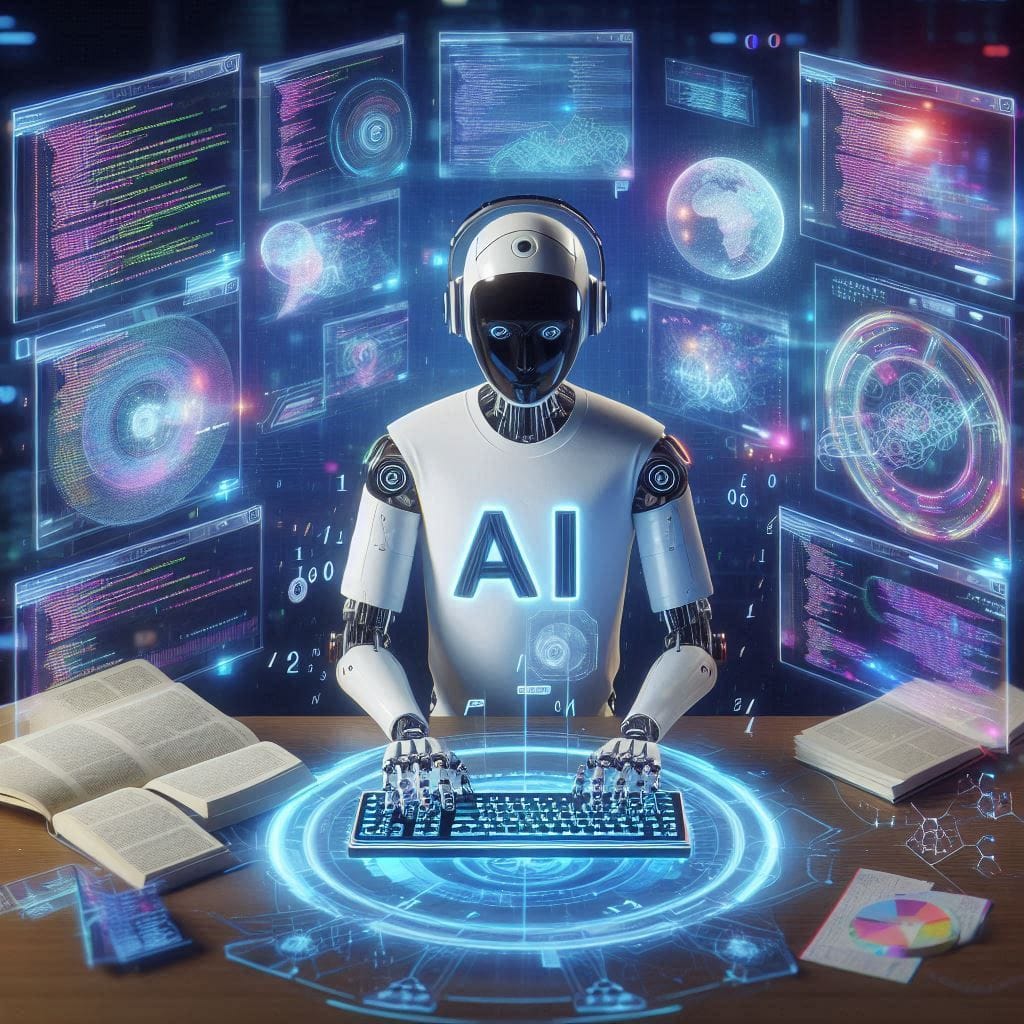Table of Contents
- Introduction
- Artificial Intelligence and Machine Learning
- Cloud Computing
- Augmented and Virtual Reality
- Internet of Things (IoT)
- Low-Code and No-Code Development
- Blockchain Technology
- Conclusion
Introduction

Introduction
The future trends in computer applications reveal a landscape rich with possibilities. Innovations such as artificial intelligence (AI) and blockchain are not just buzzwords; they are driving real change in how we approach software development and user engagement. Understanding these trends will help individuals and organizations prepare for what lies ahead.
Artificial Intelligence and Machine Learning
AI is rapidly becoming a cornerstone of modern computer applications. The integration of AI technologies enables applications to learn from user behavior, predict needs, and automate processes. As AI continues to evolve, we can expect applications to become more intuitive and user-friendly.
Key Benefits:
Improved efficiency by automating repetitive tasks.
Enhanced user experience through personalized recommendations.
Cloud Computing
The shift to cloud-based solutions is another significant trend in computer applications. As businesses increasingly rely on remote work, the demand for scalable, flexible cloud solutions continues to grow. The future of cloud computing includes advanced data analytics, improved security features, and hybrid cloud solutions.
Key Benefits:
Cost-effectiveness by reducing on-premises infrastructure.
Scalability to meet changing business demands.
Augmented and Virtual Reality

Augmented and Virtual Reality
AR and VR technologies are enhancing user engagement in ways we never imagined. By merging digital information with the physical world, applications utilizing AR and VR create immersive experiences that captivate users. This trend is particularly relevant in gaming, education, and training applications.
Key Benefits:
Increased engagement in marketing and customer interactions.
Enhanced learning experiences through immersive simulations.
Internet of Things (IoT)
The Internet of Things (IoT) is revolutionizing the way devices communicate and interact with each other. With the proliferation of smart devices, we are witnessing a dramatic increase in data generated from connected devices. This trend is leading to the development of applications that can analyze and leverage IoT data for actionable insights.
From smart home devices to industrial IoT solutions, the potential applications are vast. Companies are developing IoT applications that can optimize operations, reduce costs, and improve user experiences. As IoT technology matures, we will see even more innovative applications that harness the power of connectivity.
Low-Code and No-Code Development

Low-Code and No-Code Development
The rise of low-code and no-code development platforms is democratizing application development. These platforms allow users to create applications with minimal coding knowledge, enabling a broader range of individuals to contribute to software development.
This trend is particularly beneficial for businesses looking to streamline processes and improve efficiency without relying solely on IT departments. By enabling citizen developers to create applications, organizations can respond faster to market demands and enhance their overall agility.
Blockchain Technology
Blockchain technology is gaining traction beyond cryptocurrency. Its decentralized nature offers security and transparency for various applications, including supply chain management, healthcare, and financial services. The future trends in computer applications will see increased adoption of blockchain for secure data sharing and transaction verification.
Key Benefits:
Increased trust through transparent transactions.
Enhanced security and data integrity.
Bonus: Tips for Staying Ahead of Future Trends in Computer Applications
As technology continues to evolve rapidly, staying ahead of the curve can be challenging. Here are some practical tips to help you keep up with the future trends in computer applications and remain competitive in the ever-changing tech landscape:
1. Continuous Learning
Invest time in online courses, webinars, and workshops that focus on emerging technologies. Platforms like Coursera, Udacity, and LinkedIn Learning offer a wide range of courses on topics such as AI, blockchain, and cloud computing.
2. Join Tech Communities
Engage with online forums, social media groups, and local meetups to connect with like-minded individuals. Websites like Reddit, Stack Overflow, and GitHub are great places to share knowledge, ask questions, and collaborate on projects.
3. Experiment with New Tools
Hands-on experience is invaluable. Set aside time to explore new tools and technologies related to the trends mentioned in this post. For instance, try out low-code platforms or experiment with building IoT applications to understand their capabilities.
4. Follow Industry Leaders
Subscribe to blogs, podcasts, and YouTube channels that focus on technology and software development. Influencers and thought leaders often provide insights into upcoming trends and best practices.
5. Stay Updated on Research and Reports
Keep an eye on industry reports and white papers that analyze current trends and predict future developments. Sources like Gartner and Forrester offer valuable insights into technology trends.
6. Network with Professionals
Attend industry conferences, workshops, and seminars to network with professionals in the field. Networking can lead to new opportunities and collaborations, helping you stay informed about the latest innovations.
7. Build a Portfolio
Create projects that showcase your understanding of emerging technologies. A portfolio not only demonstrates your skills but also keeps you engaged with the latest trends, giving you practical experience.
By proactively embracing these tips, you can enhance your understanding of the future trends in computer applications and position yourself as a forward-thinking professional in the tech industry.
Conclusion
The future trends in computer applications promise exciting innovations that will reshape our digital landscape. From AI and cloud computing to AR, IoT, low-code development, and blockchain, these trends are not only enhancing user experiences but also driving efficiency and productivity in businesses.
As we move forward, staying informed about these trends will be essential for developers, organizations, and individuals looking to harness technology effectively.


